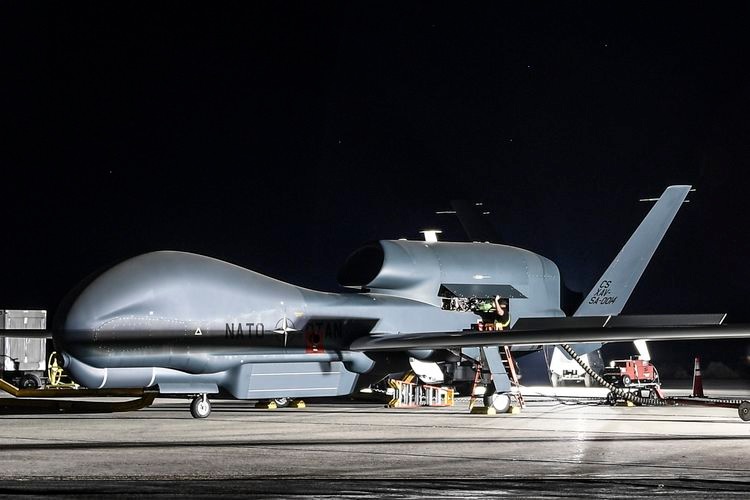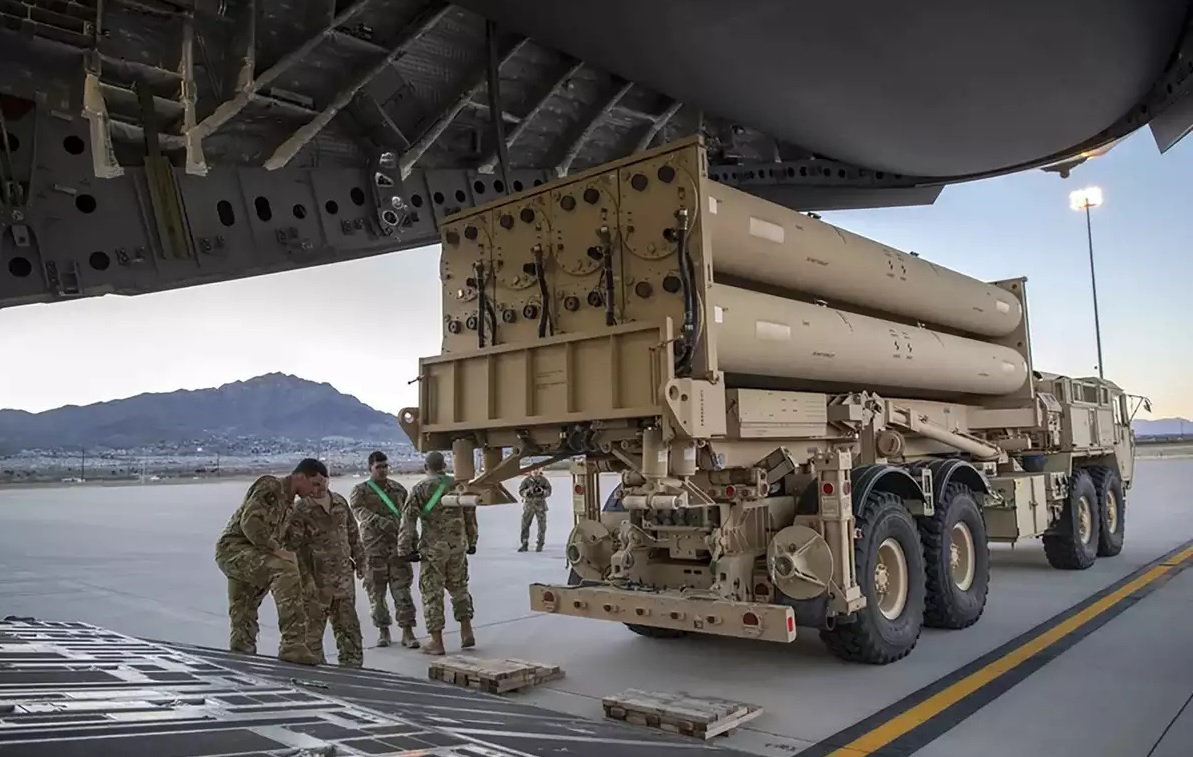NATO RQ-4D Force Boosts Interoperability and Intelligence Integration During Ramstein Flag 2024

NATO’s RQ-4D "Phoenix" drones played a pivotal role during Ramstein Flag 2024, a large-scale military exercise held in Greece. These sophisticated Unmanned Aerial Systems (UAS) form the backbone of NATO's Intelligence, Surveillance, and Reconnaissance Force (NISRF), which was tasked with providing near-real-time data to Allied forces. The purpose? To enhance situational awareness, prioritize target listings, and support complex operations, such as Counter Anti-Access/Area Denial (C-A2/AD) and Integrated Air and Missile Defense.
Ramstein Flag 2024 served as a key proving ground for NATO’s enhanced ISR capabilities. By executing the full spectrum of ISR processing—collecting, analyzing, and disseminating information in real time—the NISRF showcased how it can directly support military operations with high-value intelligence. Brigadier General Clark, Commander of NISRF, described the event as "a unique opportunity to improve platform interoperability and data integration across the Alliance," highlighting the importance of seamless data sharing between nations and platforms.
One of the standout features of this exercise was the use of the RQ-4D "Phoenix" drone, a key asset in NATO’s intelligence arsenal. With its advanced radar reconnaissance capabilities, the Phoenix operates both day and night, regardless of weather conditions. This ensures NATO forces maintain uninterrupted ground surveillance, even in the most challenging operational environments.
The RQ-4D Phoenix, based at NATO's Sigonella Air Base in Italy, has proven to be one of the most reliable tools for gathering critical intelligence. These high-altitude, long-endurance drones are equipped with synthetic aperture radar (SAR) and Ground Moving Target Indicator (GMTI) technology, which enables them to monitor vast swathes of territory and track moving objects on the ground. This capability is crucial for supporting NATO's defensive posture in Europe, particularly in missions requiring rapid threat detection and response.
During Ramstein Flag 2024, the NISRF's drones captured organic imagery and gathered essential data, delivering quick analyses that were fed directly into operational planning processes. The high-quality intelligence provided by the NISRF was instrumental in enhancing the situational awareness of aircrews, allowing them to make more informed decisions in real time. This level of integration, both in terms of data and operational capabilities, demonstrates NATO's ongoing efforts to stay ahead of evolving threats.
The NISRF, originally established in 2015 under the name NATO Alliance Ground Surveillance Force (NAGSF), has steadily grown into one of the most advanced surveillance forces in the world. Its fleet of five RQ-4D drones, often referred to as the "eyes in the sky" for NATO, can autonomously operate for over 30 hours at a stretch, monitoring enemy movements, identifying critical targets, and relaying actionable intelligence to ground commanders.
These drones, with a wingspan of nearly 40 meters and a cruising altitude of 60,000 feet, offer unparalleled surveillance coverage. This makes them particularly useful in countering Anti-Access/Area Denial (A2/AD) threats, where traditional surveillance platforms might struggle to operate safely. Their ability to stay aloft for extended periods ensures that NATO forces have continuous access to intelligence, allowing for quicker reaction times and more strategic decision-making.
Beyond their technical capabilities, the RQ-4D Phoenix drones also play a crucial role in strengthening interoperability between NATO member states. By participating in joint exercises like Ramstein Flag, NISRF ensures that intelligence data from its drones can be seamlessly integrated with information from other Allied platforms, enabling a more cohesive and responsive defense network.
The significance of the RQ-4D Phoenix and NISRF’s role during Ramstein Flag 2024 cannot be understated. As NATO faces an increasingly complex global security environment, the ability to collect, analyze, and share intelligence rapidly is more critical than ever. This exercise underscored the Alliance’s commitment to maintaining a strong defensive posture while continuing to advance technological and operational integration across its member nations.
The success of Ramstein Flag 2024 highlights NATO's ongoing investment in ISR technologies and the continued importance of multinational cooperation in safeguarding European security. With its fleet of RQ-4D drones, the NISRF stands as a testament to the Alliance’s ability to adapt and thrive in an ever-changing threat landscape.


